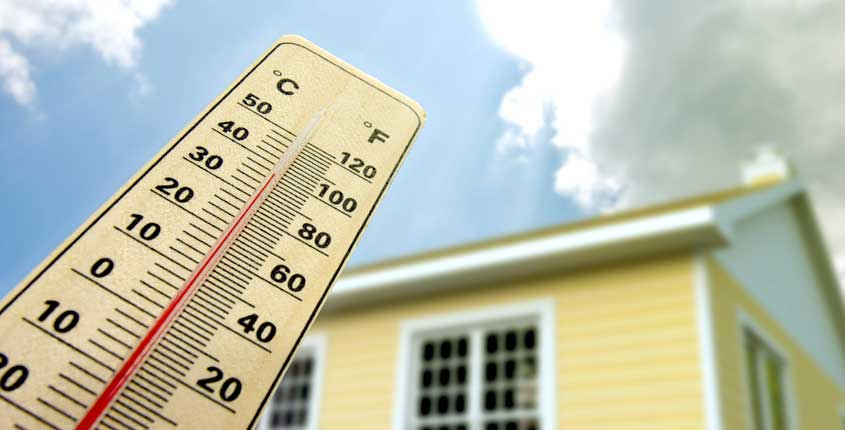Weather impact on exterior paint
When it comes to maintaining the exterior of a building, understanding the impact of weather on exterior paint is crucial. Different climates and weather conditions can significantly affect both the application process and the long-term durability of paint. In this comprehensive guide, we will explore how various weather elements influence paint, and provide insights into the best times for painting in different climates.
Understanding Weather’s Role in Paint Degradation
Weather plays a pivotal role in the lifespan of exterior paint. Sun, rain, humidity, and temperature fluctuations can all cause paint to deteriorate in unique ways. Recognizing these factors can help you choose the right time and type of paint for your building to ensure lasting protection and aesthetic appeal.
Sun Exposure and UV Radiation
Extended exposure to sunlight can severely affect paint. UV radiation breaks down the chemical bonds in paint, leading to fading and chalking—a powdery residue that forms on the surface. To combat this, selecting paints with UV-resistant additives is crucial, especially in areas with high sun exposure.

The Challenges of Rain and Moisture
Rain and high humidity are major threats to exterior paint. Moisture can seep into the paint and substrate, leading to issues like blistering, peeling, and mold growth. Therefore, when it comes to Weather impact on exterior paint, it’s essential to paint during a dry season and use water-resistant paints to enhance durability in wet climates.
Temperature Extremes: A Key Consideration
Both high and low temperatures can affect paint application and durability. Extreme heat can cause paint to dry too quickly, leading to improper adhesion and visible brush strokes. On the other hand, cold weather can prevent paint from setting correctly, resulting in a weak finish that is prone to cracking. Ideally, painting should be done in mild temperature conditions.
Seasonal Painting Strategies: Timing Your Projects Right
Choosing the right season for painting your building is not just about convenience; it’s about maximizing the paint’s ability to adhere properly and last longer. Let’s delve into the best times for painting based on different climatic conditions.
Optimal Painting Conditions for Various Climates
In temperate regions, spring and early fall are often ideal for painting. During these times, the weather is usually mild, with minimal rain and moderate temperatures, creating perfect conditions for paint to cure. However, in areas with very hot summers or cold winters, adjustments may be needed.
Painting in Humid and Rainy Environments
In tropical or consistently wet climates, finding a dry spell is crucial. The relative humidity should be below 85% for paint to adhere and dry correctly. Watching weather forecasts and planning accordingly can prevent many common issues associated with high moisture.
Addressing the Cold: Tips for Cooler Climates
Painting in cooler climates presents its own set of challenges. Modern advancements in paint technology have introduced products specifically designed to cure at lower temperatures, sometimes as low as 35°F. Using these specially formulated paints can extend the painting season in colder regions.
The Impact of Weather Conditions on Paint Application and Longevity
Weather doesn’t just affect the initial application of paint; it plays a continuous role in its degradation over time. By understanding and anticipating these effects, property owners can make informed decisions that ensure their investments remain protected and visually appealing for years to come.
Consumer Reports: What’s the Ideal Outdoor Temperature Range for Using Exterior Paint?